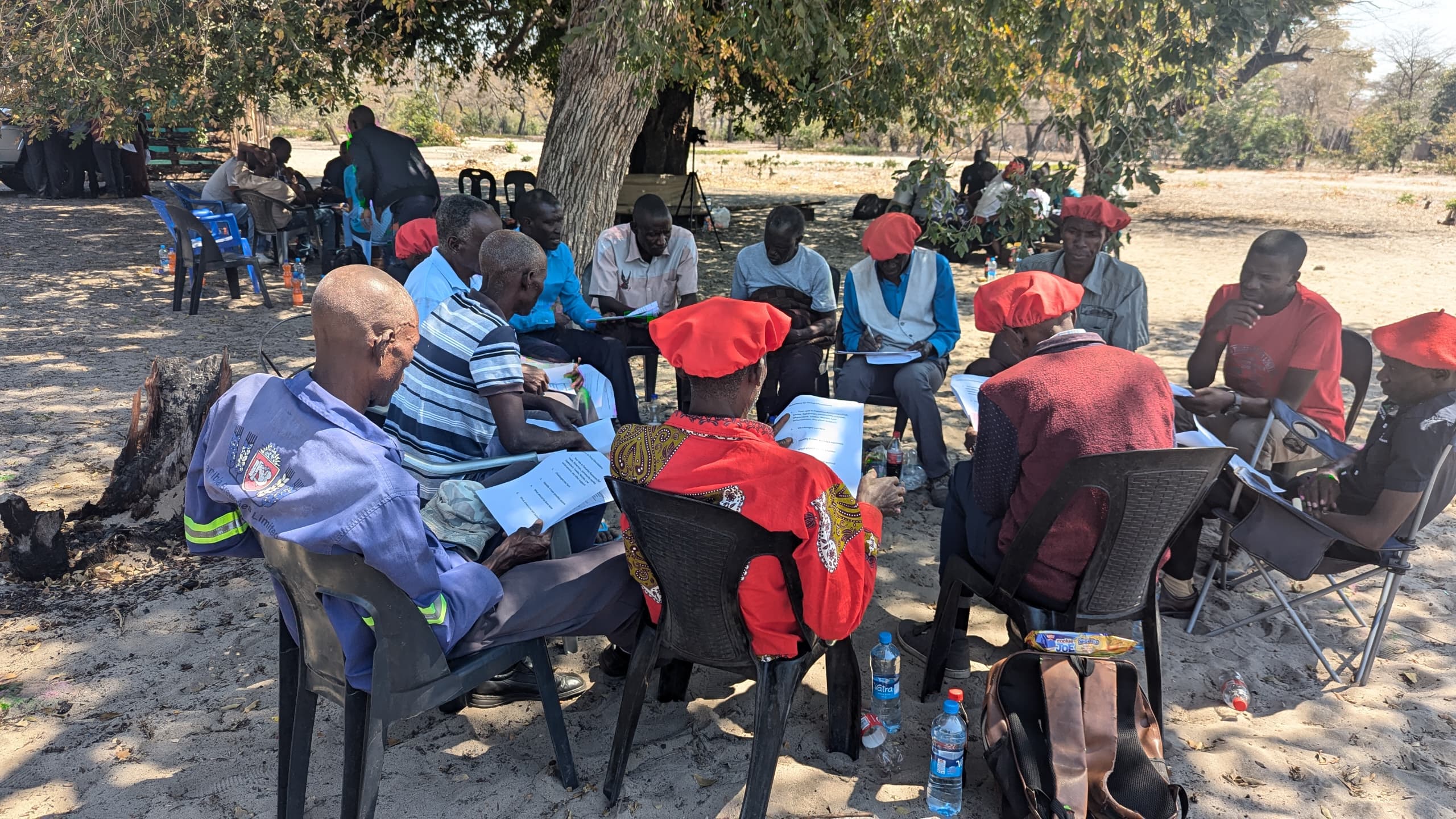The purpose of community-based permanent nursery beds is to ensure the production of high-quality, resilient seedlings for reforestation efforts while building local capacity. Each of the four project districts (Luwero, Mbale, Busia, and Kapchorwa) established one centralized nursery bed per location, equipped with essential tools, irrigation facilities, and trained nursery operators. Seeds were delivered early (December 2023–January 2024) to allow for the full growth and hardening process, ensuring seedlings met survival standards. The nurseries produced 96,423 seedlings of multi-purpose tree species, including Grevillea and Agrocarpus, which were selected for their adaptability to local climatic conditions, drought resistance, and soil stabilization properties. Nurseries also served as training hubs, where farmers learned good agroforestry techniques, seed propagation, pest control, and seedling management techniques.
